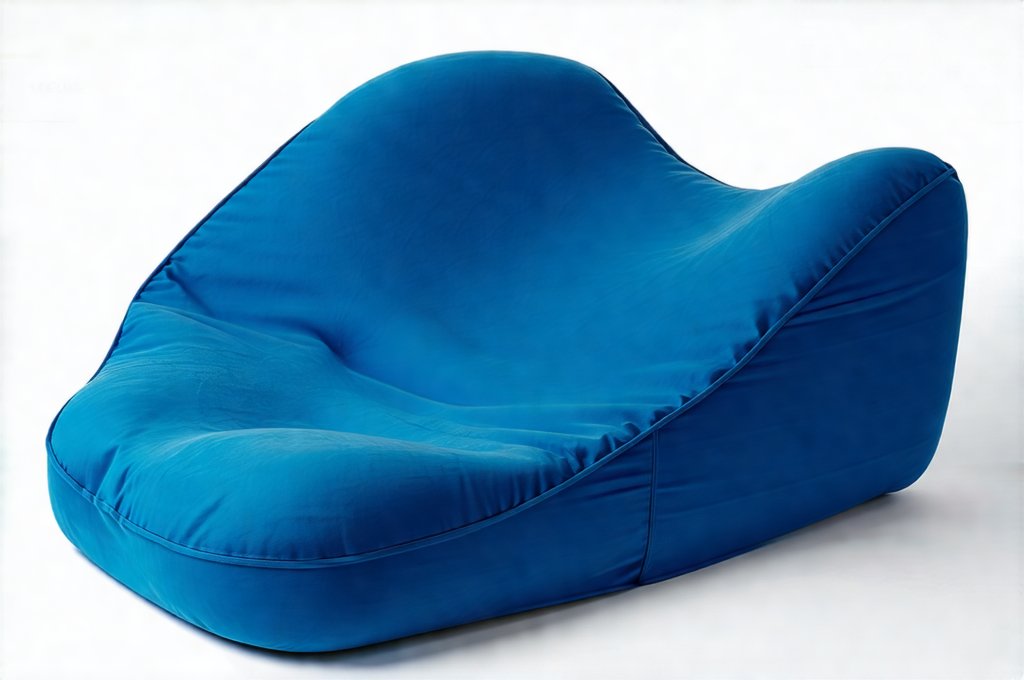Chronic pelvic pain, bladder dysfunction, and related discomforts significantly impact quality of life for millions. Often stemming from conditions like interstitial cystitis (IC), prostatitis, pudendal neuralgia, post-surgical recovery, or even prolonged sitting, these issues demand thoughtful solutions beyond medication alone. A surprisingly effective component in managing these symptoms is proper support during seating – and that’s where specialized seat cushions come into play. However, navigating the vast market of available options can be overwhelming. This article delves into the science behind pelvic and bladder support, dissecting features to look for in a cushion, and ultimately guiding you toward the best seat cushions designed to alleviate discomfort and improve daily function. It’s about reclaiming comfort and control, one seated moment at a time.
The key isn’t just any cushion; it’s finding one specifically engineered to address the unique needs of pelvic and bladder health. Many standard cushions offer general support but fail to relieve pressure points or provide targeted stabilization. A proper seat cushion can help reduce stress on the pelvic floor muscles, minimizing irritation to the bladder and surrounding nerves. It should also promote healthy posture, which is essential for reducing strain and preventing further aggravation of symptoms. We’ll explore how different materials, shapes, and designs cater to varying levels of sensitivity and specific conditions, providing a comprehensive guide to help you make an informed decision. You may even find relief through dietary adjustments such as incorporating best high-fiber snacks into your routine.
Understanding Pelvic & Bladder Support Needs
The pelvic region houses a complex network of muscles, nerves, and organs crucial for bladder control, sexual function, and overall well-being. Conditions affecting this area often involve heightened sensitivity, nerve compression, or muscle imbalances. A seat cushion designed with these factors in mind aims to provide several key benefits: – Pressure redistribution: Avoiding concentrated pressure on sensitive areas like the ischial tuberosities (sit bones) and perineum. – Pelvic floor support: Gently lifting and supporting the pelvic floor muscles, reducing strain and promoting proper function. – Postural alignment: Encouraging a neutral spine and minimizing slouching, which can exacerbate pelvic pain and bladder symptoms. – Shock absorption: Reducing impact from sitting and movement, lessening irritation to sensitive tissues.
Different conditions require different levels of support. For example, someone with IC might benefit from a cushion that minimizes pressure on the bladder area, while someone with pudendal neuralgia may need one that specifically offloads pressure from the perineum. Individuals recovering from pelvic surgery often require cushions offering significant stability and gentle compression to aid healing. It’s important to consider your specific diagnosis and symptoms when choosing a cushion, and ideally, discuss it with your healthcare provider or physical therapist who can offer personalized recommendations. Remember, a “one-size-fits-all” approach rarely works in pelvic health. Maintaining prostate health is also vital – explore best seeds and nuts to support overall wellness.
Cushion Materials & Design Considerations
The materials used in seat cushions play a significant role in their effectiveness. Memory foam is popular for its conforming properties and pressure relief but can sometimes retain heat. Gel-infused memory foam addresses this issue by dissipating heat, offering enhanced comfort. High-density foam provides firmer support and durability, ideal for those needing more stability. However, the density needs to be carefully considered – too firm can exacerbate pain, while too soft may not provide adequate support. Beyond foam, specialized materials like viscoelastic foam offer a unique combination of cushioning and support, adapting to body weight and shape.
Design is equally important. U-shaped or donut-shaped cushions are commonly used for perineal offloading, creating space around sensitive areas. Wedge-shaped cushions can promote better posture and pelvic alignment. Cushions with coccyx cutouts relieve pressure on the tailbone, which can contribute to pelvic pain. Consider the cushion’s overall shape and size – it should be appropriate for your body type and the chair you’ll be using it in. Finally, look for cushions with removable, washable covers for easy hygiene and maintenance. A breathable cover is also beneficial for preventing overheating. Supporting bladder health isn’t just about cushioning; consider barley water as a gentle supplemental aid.
Choosing the Right Cushion: Key Features to Look For
- Density & Firmness: This depends on your weight and sensitivity levels. Lighter individuals might prefer softer foams, while heavier individuals may need firmer options. – Shape & Cutout: U-shaped or donut designs are great for offloading pressure; coccyx cutouts relieve tailbone pain; wedge shapes improve posture. – Material Composition: Memory foam, gel memory foam, high-density foam, and viscoelastic foam each have unique benefits. Consider breathability and temperature regulation. – Cover Quality: Removable, washable covers are essential for hygiene. Breathable materials prevent overheating.
Evaluating Cushion Performance & Durability
A good seat cushion isn’t just about initial comfort; it’s about long-term performance and durability. Look for cushions made from high-quality materials that won’t flatten or lose their shape quickly. Reading online reviews can provide valuable insights into real-world experiences with different cushions. Consider the warranty offered by the manufacturer – a longer warranty often indicates confidence in product quality. Don’t be afraid to test out different cushions if possible, either through trial periods offered by some retailers or by borrowing from friends or family. Ultimately, the best cushion is one that provides lasting relief and improves your overall comfort and functionality. You could also explore surgery for bladder prolapse as a more permanent solution, if appropriate.
Integrating Cushion Use into Daily Life & Seeking Professional Guidance
Incorporating a seat cushion into your daily routine requires consistency. Use it whenever you’re sitting for extended periods, whether at work, while driving, or relaxing at home. Experiment with different chair types to find the best combination of support and comfort. It’s also vital to remember that a seat cushion is often just one component of a broader treatment plan. – Combine cushion use with regular pelvic floor exercises (under guidance from a physical therapist). – Practice good posture throughout the day. – Manage stress levels, as stress can exacerbate pelvic pain and bladder symptoms. – Consider consulting a healthcare professional or pelvic floor physical therapist for personalized recommendations and to address any underlying conditions. Seeking expert advice ensures you’re using the cushion effectively and addressing the root causes of your discomfort. Don’t underestimate the power of best supplements in supporting overall urinary health, either!





















